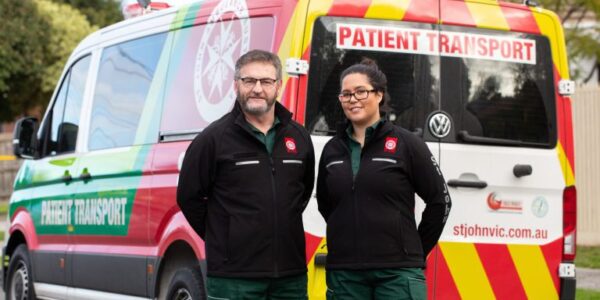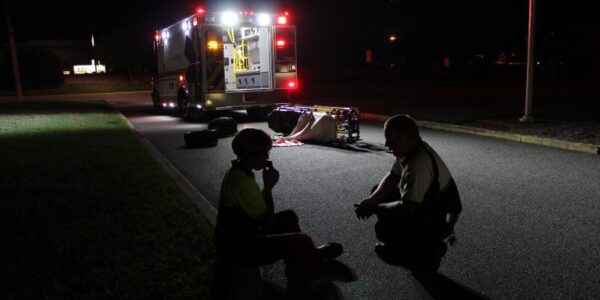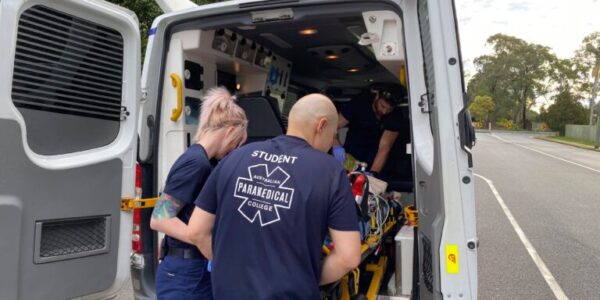What is a Remote Medic?
The role of Remote Medic (or Remote Paramedic) can span across a whole range of settings and industries; from being a core medical professional serving remote communities, to working alongside rangers in wilderness and conservation environments, to being based on off-shore oil rigs, the list goes on!
Living and working in remote communities and environments means you are often a far way from advanced medical help or facilities. Therefore, Remote Medics are relied upon to provide an extremely broad range of care, and often have to treat a variety of injuries and illnesses. You may also be required to care for and stabilise patients with major trauma or medical problems for extended periods of time until advanced care can be reached or arranged.
Remote Paramedics typically practice with very limited resources. As a result of this, they are experts at rapidly assessing, prioritising, and establishing control in unpredictable environments in order to reduce risks and provide quality patient care.
Within the role, medics will deal with trauma and illnesses which can be amplified because of the climate or local conditions. As well as medical emergencies, Remote Medics can be required to provide everyday healthcare and health education within remote communities.
All of this makes being a Remote Medic a hugely varied and rewarding job, for someone who is resourceful, adaptable, and comfortable working independently.
What locations and industries does a Remote Medic work in?
Essentially, a Remote Medic can be required to work in any location where access to medical care and facilities is limited. This could include working in outback regions like Far North Queensland or remote parts of the Northern Territory or Western Australia, but could also include military or wilderness settings, or disaster relief.
Opportunities as a Remote Paramedic can also include:
- Wilderness First Responder
- Health Worker
- Remote Emergency Medical Technician
- Military Medic
- Disaster Relief
Typical job duties of a Remote Medic
Being so far away from medical facilities and specialist medical teams means remote medics really have to be prepared for anything.
The types of duties you may need to undertake can vary significantly depending on the location and industry you work in, but could include:
- Treating patients for:
- Shock
- Thoracic trauma
- Head injuries
- Dental emergencies
- Musculoskeletal injuries
- Respiratory and cardiac emergencies
- Anaphylaxis, cold and heat emergencies
- Wildlife emergencies, including snake bites
- Altitude, immersion or submersion emergencies
- Dealing with mass-casualty emergencies
- Mental health assessments and recommendations
- Assessing and managing chronic disease issues
How to become a Remote Medic
Australian Paramedical College can help you build the foundational knowledge and practical skills you need to pursue this career pathway.
Generally, you’ll need to hold at least an HLT41020 – Certificate IV in Health Care to become an Remote Medic.
However, the HLT51020 – Diploma of Emergency Health Care could give you a competitive advantage when applying for Remote Medic roles. Some employers may require you to hold extra qualifications relevant to the environment you’ll be working in.
See all our coursesWhat it’s really like to be a Remote Medic
With decades of industry experience under his belt Remote Paramedic and entrepreneur, Terry, shares what it’s like to provide medical assistance in remote areas, and why it’s critical to know how to change a tyre!
In this generous and informative conversation, hear what it’s like to work as a Remote Paramedic.
Terry shares, “[As opposed to being reactive, like with tripe 0 calls].. the focus, particularly in the resource sector, is all about prevention of injury and health.”


